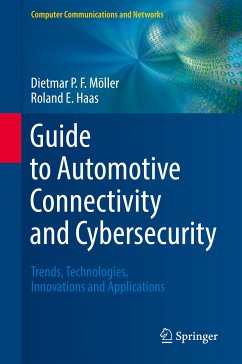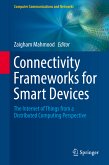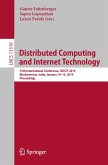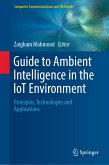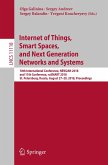Topics and features:
- Discusses the automotive market, automotive research and development, and automotive electrical/electronic and software technology
- Examines connected cars and autonomous vehicles, and methodological approaches to cybersecurity to avoid cyber-attacks against vehicles
- Provides an overview on the automotive industry that introduces the trends driving the automotive industry towards smart mobility and autonomous driving
- Reviews automotive research and development, offering background on the complexity involved in developing new vehicle models
- Describes the technologies essential for the evolution of connected cars, such as cyber-physical systems and the Internet of Things
- Presents case studies on Car2Go and car sharing, car hailing and ridesharing, connected parking, and advanced driver assistance systems
- Includes review questions and exercises at the end of each chapter
The insights offered by this practical guide will be of great value to graduate students, academic researchers and professionals in industry seeking to learn about the advanced methodologies in automotive connectivity and cybersecurity.
Dieser Download kann aus rechtlichen Gründen nur mit Rechnungsadresse in A, B, BG, CY, CZ, D, DK, EW, E, FIN, F, GR, HR, H, IRL, I, LT, L, LR, M, NL, PL, P, R, S, SLO, SK ausgeliefert werden.

